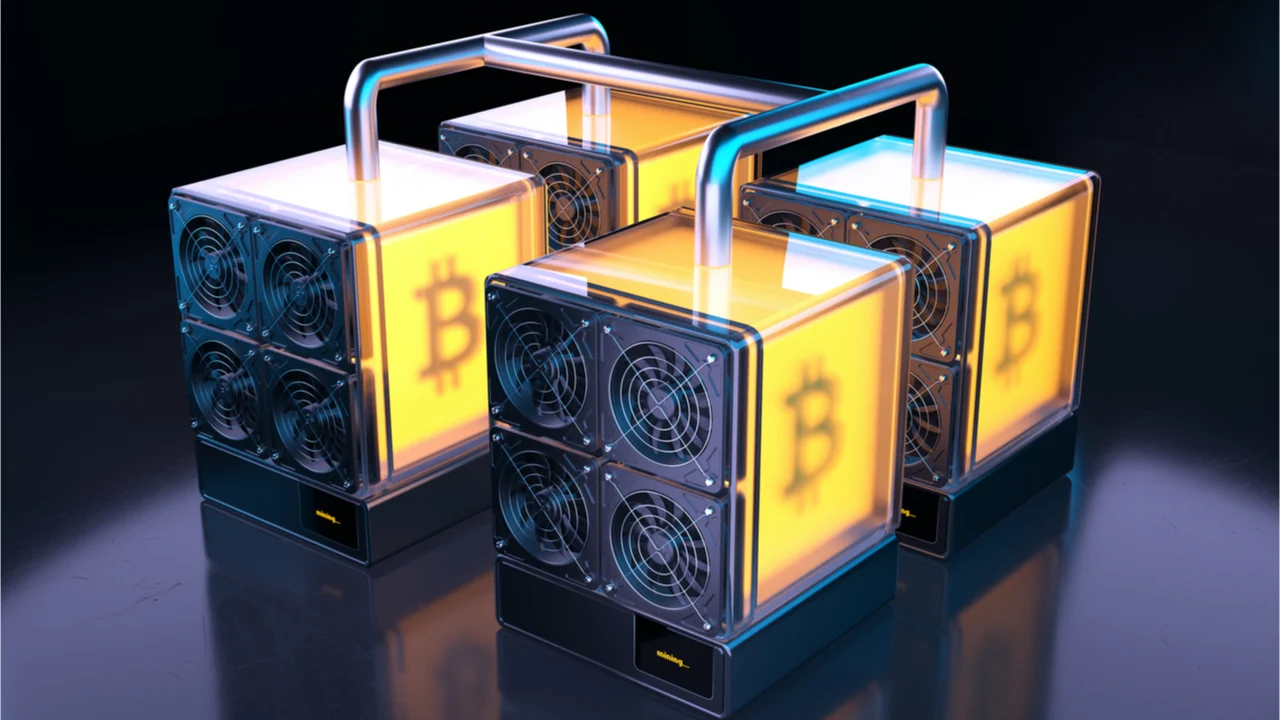Discover how you can profit from home mining with these top home mining techniques, tips, and tricks for high returns
Though it seems appealing, you could want to know what it requires before you commit time or money to attempt it.
In this post, we shall explore the best home mining techniques to enable you to maximize your setup. These ideas for high returns are meant to help you toward profitability, regardless of your experience level—from newbies to seasoned miners trying to maximize home mining operations.
- 1 What is Home Mining?
- 2 Types of Cryptocurrencies Suitable for Home Mining
- 3 Bitcoin
- 4 Ethereum
- 5 Altcoins
- 6 Setting up Your Home Mining Operation
- 7 Necessary Home Mining Equipment:
- 8 Setting Up Your Home Mining Operation
- 9 Joining a Home Mining Pool
- 10 Security and Risk Management
- 11 Profitable Home Mining Tips and Tricks
- 12 Identify the Best Times to Mine:
- 13 Capitalize on Market Trends:
- 14 Use Energy-Saving Techniques:
- 15 Utilize Tax Deductions and Incentives for Home Miners:
- 16 Conclusion
What is Home Mining?
Home mining is using your personal computer or a dedicated setup at home to solve challenging mathematical problems, which validates transactions on a blockchain network.
Home mining appeals since it’s easily accessible; you don’t need a large initial outlay or a big data center. Instead, starting mining from the comfort of your own house with the correct tools and some knowledge will turn idle computer capacity into possible income.
Types of Cryptocurrencies Suitable for Home Mining
When it comes to home mining, not all cryptocurrencies are created equal. Here’s a quick rundown:
- Bitcoin
- Ethereum
- Altcoins
Bitcoin

Once the king of home mining, Bitcoin has become increasingly difficult to mine profitably at home due to its high computational requirements and competition from large-scale operations. However, it’s still possible with the right setup and access to cheap electricity—just challenging.
Ethereum

While Ethereum home mining is more accessible than Bitcoin, shifting to a Proof-of-Stake model may soon render home mining obsolete. Still, it remains a popular choice for home miners due to its profitability.
Altcoins

Coins like Litecoin, Monero, and Dogecoin are also suitable for home mining. These altcoins generally require less computing power than Bitcoin or Ethereum, making them ideal for smaller setups. Profitability can vary, so it’s wise to research and choose a coin that aligns with your resources and goals.
Setting up Your Home Mining Operation
To start mining at home, you’ll need the right equipment and a proper setup to ensure efficiency and safety. Here’s what to consider:
Necessary Home Mining Equipment:
- GPUs vs. ASICs: Your choice between Graphics Processing Units (GPUs) and Application-Specific Integrated Circuits (ASICs) will depend on your mining cryptocurrency. GPUs are versatile and ideal for home mining various altcoins, making them great for beginners. ASICs, designed for specific coins like Bitcoin, offer higher efficiency but lack flexibility.
- Power requirements: home mining is power-intensive. Ensure you have a stable electricity supply and consider local power costs. Some miners explore renewable energy options to reduce expenses.
- Noise Considerations: Home mining rigs can be noisy, especially with multiple GPUs or ASICs. If noise is a concern, opt for quieter models or consider soundproofing your mining area.
- Space Allocation: Adequate ventilation and space are crucial to prevent overheating. Allocate enough space for your setup in a dedicated room or a well-ventilated corner of your home.
Setting Up Your Home Mining Operation
Setting Up Your Home Mining Rig:
- Placement: Place your home mining rig in a spacious room for easy access during repairs and maintenance.
- Cable and Electricity Management: Connect your home mining rig to a reliable power source, and consider a backup power option to keep operations running smoothly. Use high-quality cables, wiring, and circuit breakers to protect your hardware.
- Internet Connection: Professional home miners prefer Ethernet and LAN cables for their reliability over WiFi connections.
- Connecting a Wallet: Set up a crypto wallet to receive your home mining rewards, ensuring your earnings are safely stored.
Joining a Home Mining Pool
Joining a home mining pool is a reliable way to mine crypto at home. A home mining pool can generate a steady crypto payout from mining operations.
A home mining pool groups together mining resources and distributes block and transaction rewards to contributing miners based on their share of work.
There are numerous home mining pool options available to miners. Notable names include F2Pool, AntPool, and Binance Pool. A home miner will need to apply to join a home mining pool.
The home mining pools will differ according to their hash rate, fee structure, and payout structure. A home mining pool may allow miners to mine different types of cryptocurrencies.
User payout typically depends on the hash rate provided by the home miner. Profit from operations will differ from one miner to another based on their hardware expenses and operational costs.
Other factors, such as Bitcoin prices, pool fees, mining difficulty, and payout schemes, will also affect miner profits.
Security and Risk Management
In home mining, risk control, and security are vital. Malware, hacking, and even physical risks like theft or power shocks mainly attack your home mining business.
Invest in solid antivirus software (VPN) to protect your network from prying eyes, and make sure your equipment is physically safe in a well-ventilated, closed environment. A small amount of foresight can help avoid many problems later on.
Another difficulty needing a calculated approach is negotiating the turbulent terrain of crypto markets. Since the value of mined coins varies greatly, one should keep updated on market developments.
Clearly state your objectives; mine regularly while electricity is cheap, hang onto your coins during market declines, and think about selling at price peaks. In cryptocurrencies, timing is crucial; understanding when to act may make all the difference between a bit of profit and a big windfall.
Profitable Home Mining Tips and Tricks
Identify the Best Times to Mine:
Mining is most profitable during periods of lower difficulty and higher crypto prices. Monitor network difficulty levels and market trends—tools like WhatToMine and NiceHash can help you gauge the best times to mine.
Capitalize on Market Trends:
Stay ahead by mining altcoins that are rising in popularity or less competitive. Timing your home mining to coincide with market surges can yield higher returns. Consider switching to more profitable coins when difficulty spikes or during price slumps.
Use Energy-Saving Techniques:
Electricity is one of the most significant costs in home mining. Lower your power consumption by undervolting your devices, using efficient power supplies, and optimizing cooling methods. Solar panels can also be a wise long-term investment to cut energy costs.
Utilize Tax Deductions and Incentives for Home Miners:
Home miners can often deduct expenses like electricity, hardware, and even a portion of their mortgage or rent if mining from a home office.
Research local tax laws to take full advantage of deductions and credits available for energy-efficient upgrades or home-based businesses.
Conclusion
The home mining business is changing very quickly. In the beginning, it was simple to use a PC to mine cryptocurrency from home. Because mining rigs are getting smarter and cryptocurrencies are becoming more popular, it’s almost impossible to mine crypto with simple devices.
But there are still a lot of chances to make money in home mining for people who have the time and money to get in.



